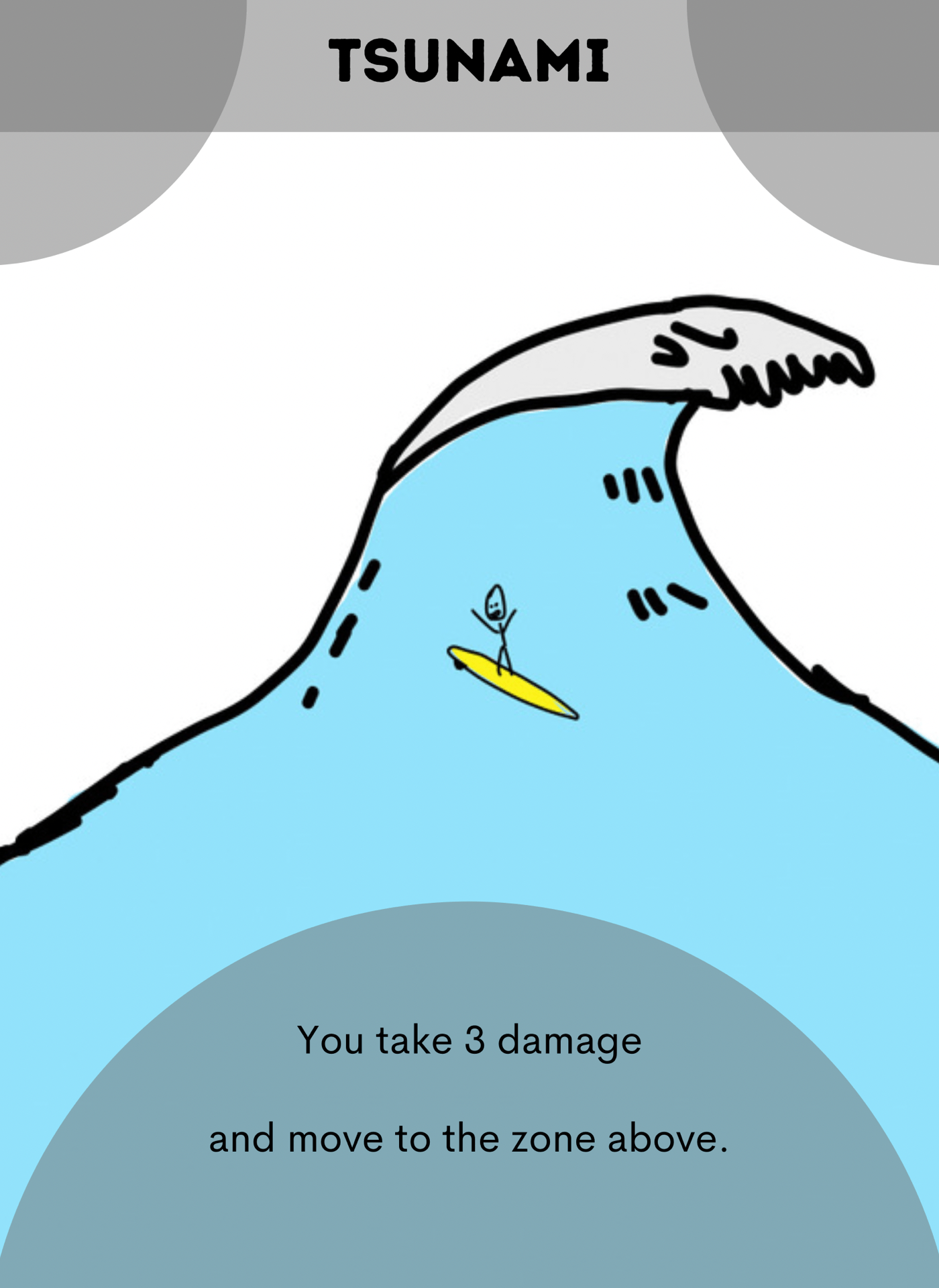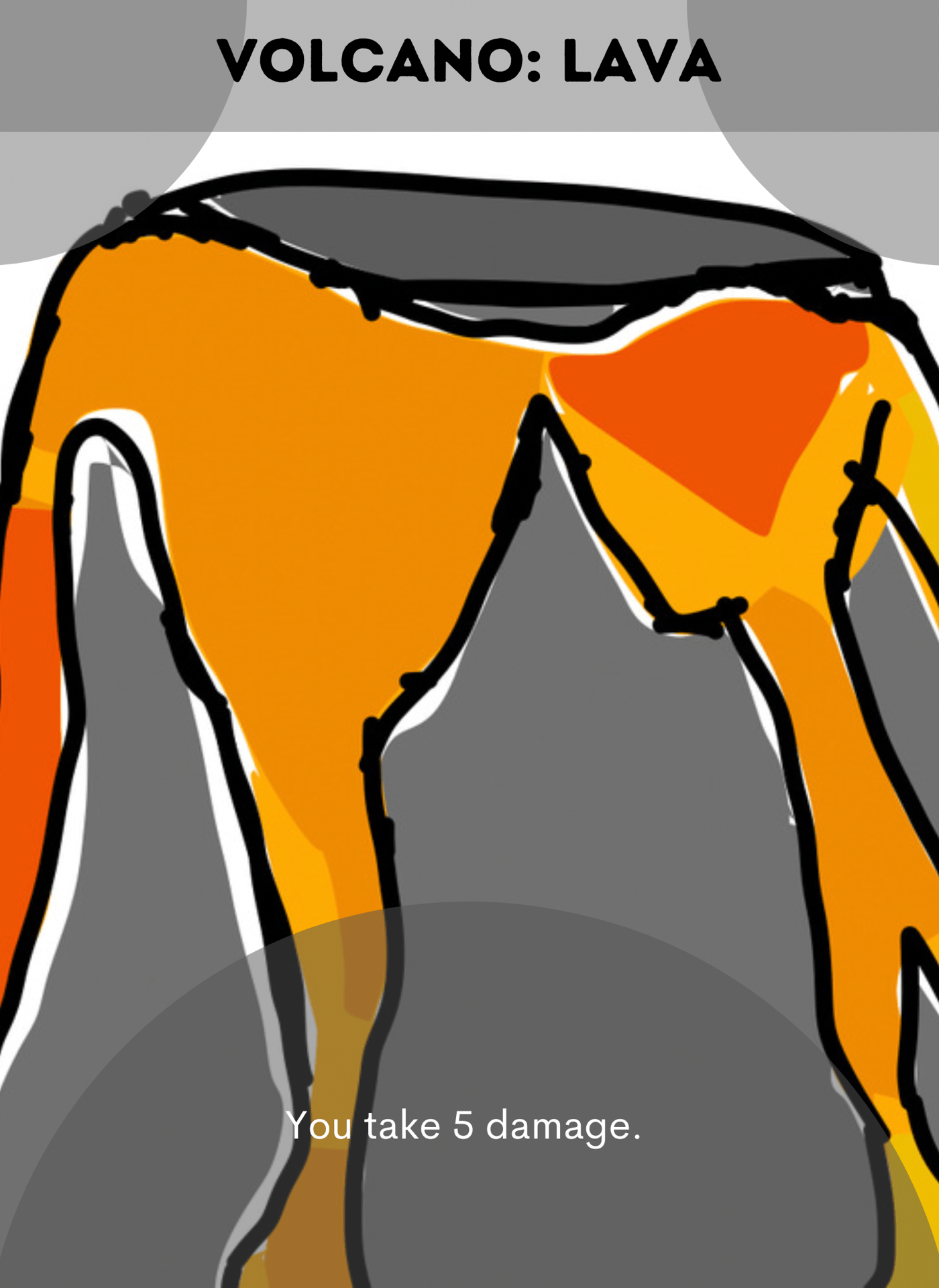Hello! This blog post is the summary and story of my final Scimatics project, Comic Cells! In this project we learned about the parts of a cell and a specific disease we chose and then make it into a comic. The big idea for this project is “Life processes are performed at the cellular level.”
The first thing we did for this project was actually watch a movie. Not the “oh its pyjama day, lets watch a movie!” But for educational purposes, but it was an actual movie. We watched it because it was about cells and kind of showed the process of a disease entering the body and being defeated. I didn’t really like the movie (part of the reason I couldn’t hear it) and I thought it could have been taught in a more effective manor. With this introduction to the project done, we can get to the learning…
Workbooks and textbooks! Easy to understand, easy to complete good ol’ workbooks. As I have often lamented there isn’t much to talk about except for what I learned… which I kind of forgot. And its pretty dense anyway. There was three of sets of textbooks and workbooks we worked through. And now with the Building Knowle— oh wait! What is that? Tests and quizzes! Noooo, actually its not that mad. I did struggle with these because the classes they were introduced in I wasn’t there. AND I straight up didn’t know the answers to the questions. But Judah, I hear you asking, you just did three sets of workbooks and textbooks, why do you not know the answers? Because dear reader, there was more info to ingest and consume. I originally was just being lazy and thought I could just fling myself metaphorically into the tests and do fine. I couldn’t. I guessed and semi-cheated (I just memorized the answers instead of learning them) through the first one but I wanted to learn the information about cells, not just know it. I needed to try something else.
I called in my dad. He’s really smart with science and math. Well, he is an engineer! With him and me we watched the videos and read the articles and took notes. After a few evenings of doing this I watched all the vids. I approached the tests, staring them right in their beady eyes and charged head on. Through a grindy battle I marched and out the other side I came. Victorious! I had complete them! And only got a couple wrong answers. Now that I had ACTUALLY completed Building my Knowledge I could move onto the next step.
There was just one thing left for this project, the final countdown product. A comic about cells and diseases. Ok, this is basically the rubric. Research your chosen disease (we chose a disease earlier in the project with some one off activity) and make a comic out of it. We also had to have at least 10 vocabulary words about this field of science. The disease I chose is Kuru or the Laughing Death. You get it from eating someones brain. After that it travels to your brain and starts to degrade your neurons. There are multiple stages of losing control of your body until you have random fits of crying and laughter (hence the name). As not being able to swallow and easily choking. All around real pleasant.
Before I was allowed to start making the actual comic I needed to make my storyboard. I thought it was supposed to just be a concept with low effort in drawing so I didn’t colour and I did stick men. But I was wrong, so I changed it. No big deal. After that I was able to get to work on my comic. Its hard to explain the process of that so I will but sho— oh crap my Apple Pencil broke… if you haven’t guessed already the comic is on the iPad. I need the Pencil. So I could only work on it at school were I could borrow a Pencil. Honestly, not the end of the world it just means I have less time to work on it. But enough delays, drum roll please, my Comic!
I think its fine. I don’t love how I did the vocab words. I felt like I had to cram them in there. If I had more time I would have found a way to get them in more smoothly but oh well you can’t win them all. I used most of my class time for learning and doing my work. Of course I couldn’t focus 100% of the time (thats not how humans work). I did have all my vocab words and correct diagrams. As I said I didn’t love how I put in the vocab words. My characters did interact in a scientific way. 
See ya around and goodbye, Judah G!



























